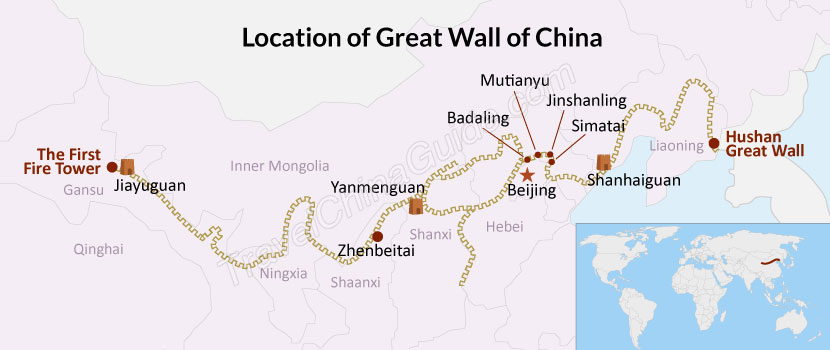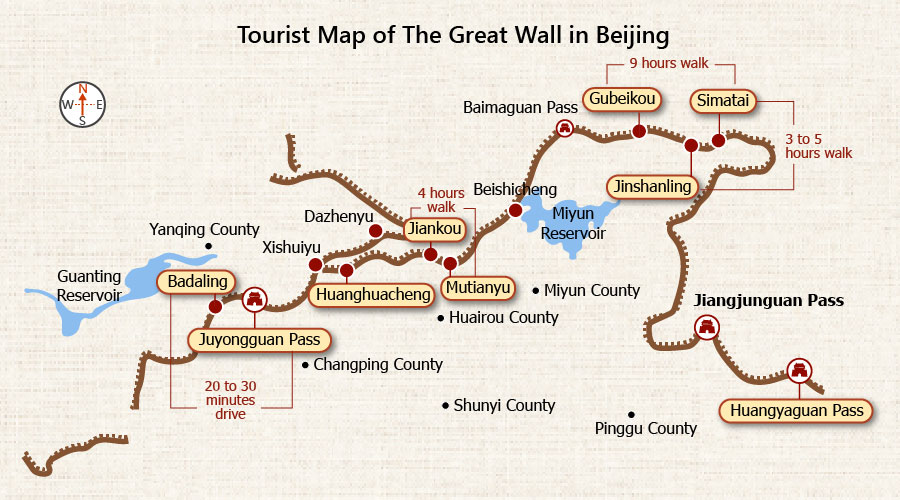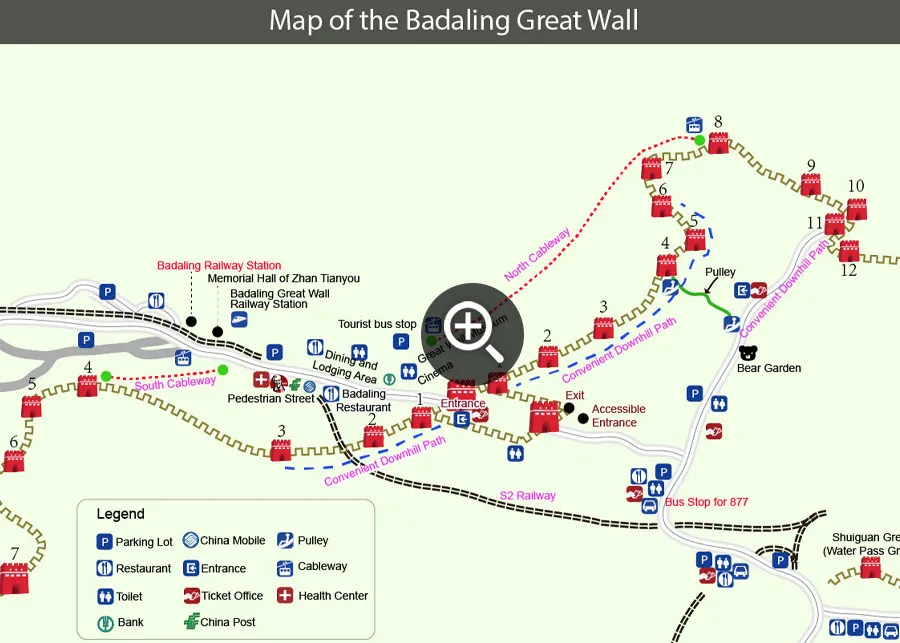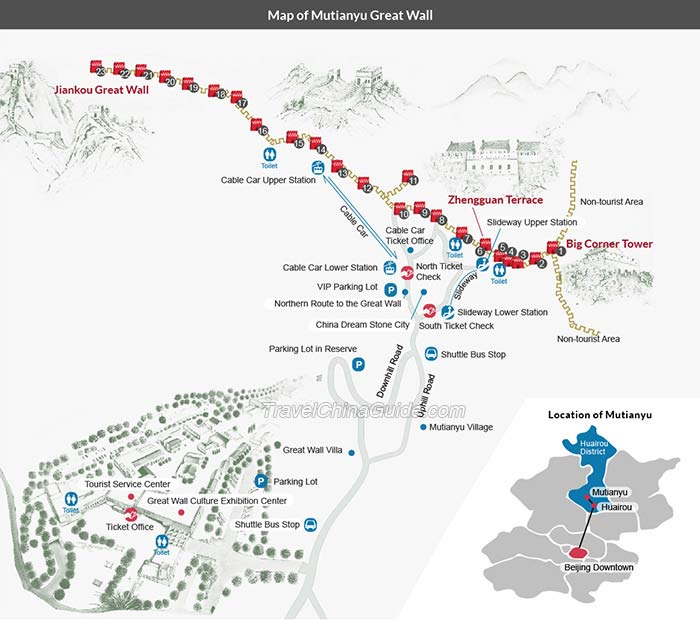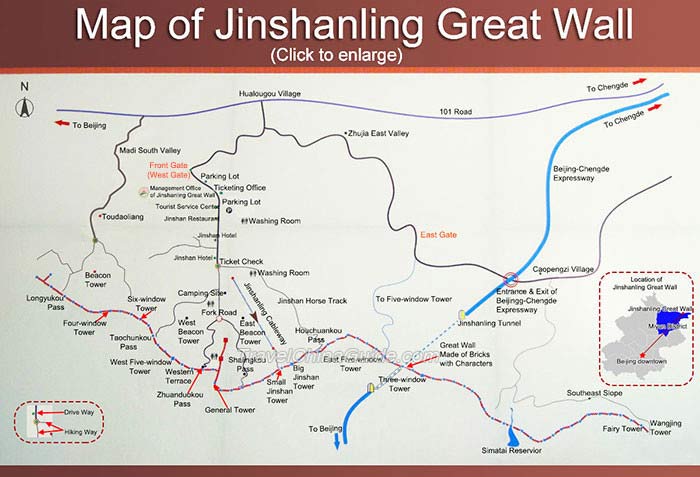Negara ini dikenal dengan sebutan Negara Paman Sam.
Pada zaman dahulu, negara ini dianggap sebagai negara adikuasa bersama dengan Uni-Soviet dan Britania Raya. Sejak awal terbentuk hingga kini, negara ini menjadi maju dan terkenal karena beberapa ilmu teknologi yang ditemukan-dikembangkan-dan digunakan dalam kehidupan sehari-hari. Di zaman sekarang negara ini juga sangat banyak peminatnya untuk tinggal secara menetap atau menetap sementara hanya untuk bekerja-pendidikan-hidup aman dan nyaman,dll.
Banyak para pemuda zaman sekarang yang pergi ke negara ini untuk melanjutkan studi lanjutan seperti Universitas-High School-Junior High School-Diploma,dll dan saat kelulusan tiba, yang artinya tibalah waktunya kembali ke negeri asal mereka. Tetapi yang mereka lakukan adalah meminta pertambahan ijin tinggal dan semakin hari mereka akan susah untuk meninggalkan negara ini. Mengapa? Karena fasilitas teknologi dan kebutuhan hidup di negara ini lebih banyak dan untuk bekerja akan diberikan penghasilan tinggi pula. Walaupun biaya/taraf hidup di negara ini sangat tinggi. Contohnya pelajar dari ID yang baru lulus
SMA dan melanjutkan study abroad.
Kalian tentu tahu bahwa negara ini juga memiliki statue terkenal yaitu Liberty. Apakah kalian sempat berpikir mengapa diciptakan statue tersebut? Untuk apa diciptakan itu? Berapa tingginya? Sejarahnya seperti apa? Yuk, mari lihat foto ini:
Yang sudah pernah berkunjung kesini, apakah kalian tahu arti dari benderanya?
Berapa banyak bintang dan garis merah-putih pada bendera negara amerika?
Sesuai design, pada bendera amerika terdapat 50 bintang putih dalam kolom biru dan 13 garis merah-putih (berseling). Yang membuat adanya 50 bintang putih pada bendera itu adalah Robert G.Heft.
Hanya sebuah bendera negara namun juga memiliki sejarah. Berikut cuplikan fotonya:



